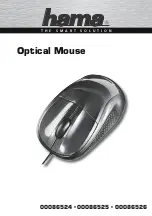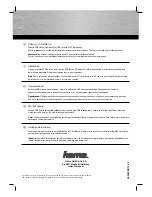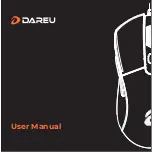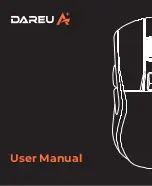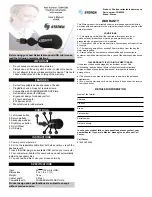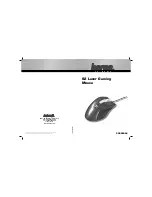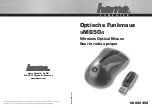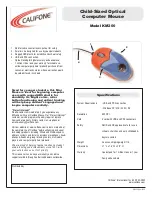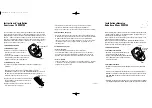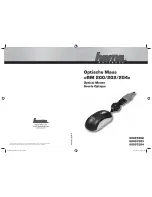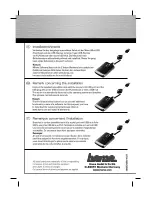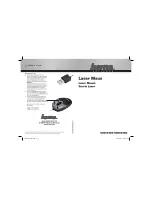
Contents
A
Ci20
Optical Mouse
B
CD
C
Instruction Guide
Components
D
Forward Button
E
Back Button
Ci20 Optical Mouse
Instruction Guide
A
C
B
Instruction Guide
Guide d’instructions
Bedienungsanleitung
Handleiding
Istruzioni
Manual de instrucciones
D
E
Getting Started
Your Ci20 Optical Mouse provides unrivaled precision and convenience.
Connecting to a USB-Compatible Computer:
1. Turn on your computer.
2. Insert the USB connector into the USB port. The mouse will automatically
be recognized by your computer.
Programming Your Mouse
You may program your mouse buttons by downloading the latest version
of MouseWorks® software available at
www.software.kensington.com
.
The install is optional; your mouse will function without installing the
software. MouseWorks is currently only available in English.
Product Specific Features
Your mouse features two side buttons that are pre-configured to
Forward
(D)
and
Back
(E) in Internet browsers. You can easily change this setting using
MouseWorks software.
Common Troubleshooting Steps
1. Unplug and re-plug the mouse.
2. Test the device on another USB port or computer.
3. Some surfaces may “trick” the optical sensor, such as reflective
surfaces like glass or mirrors. The optical sensor should perform well
on all other surfaces.
Important: Computer User Health Information
In recent years, medical attention on occupational injuries has identified
normal, seemingly harmless activities as a potential cause of a wide range of
problems collectively known as Repetitive Stress Injuries (RSI) or Cumulative
Trauma Disorders (CTD). It is now recognized that any repetitive motion may
contribute to these health problems. As a computer user, you might also be at
risk. By paying attention to the way you perform your work, use your computer
and phone, play sports, and work around the house, you can identify the
behaviors thatmay be putting you at risk. If you experience pain, swelling,
numbness, or weakness in your wrists or hands (especially during sleep),
see your physician immediately. These symptoms could mean that you are
developing a repetitive stress injury that requires prompt medical attention.
For more detailed information, consult your doctor.
Contacting Kensington
Troubleshooting information and answers to frequently asked
questions are available 24 hours a day on the Kensington Web site at
www.kensington.com
.
Technical Support
Technical support is available to all registered users of Kensington products.
There is no charge for technical support except the cost of the phone call, and
long distance charges where applicable. Technical Support Contact information
can be found at the end of this instruction guide.
Technical Support Tips
• You may find the answer to your problem in the Frequently Asked
Questions (FAQ) section of the Support area on the Kensington Website:
www.support.kensington.com
.
• Call from a phone where you have access to your computer
• Be prepared to provide the following information:
- Name, address, and telephone number
- The name of the Kensington product and serial number
- Make and model of your computer
- Your system software and version
- Symptoms of the problem and what led to them



